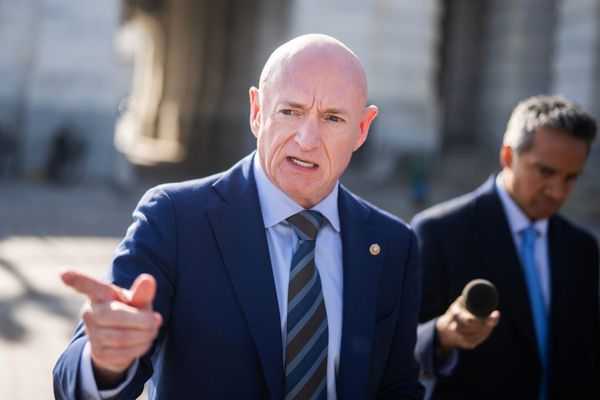
Australians embroiled in the housing rental crisis won’t see relief any time soon, as new data reveals rental affordability is at the worst level in almost a decade.
Figures published by CoreLogic and ANZ Bank on Monday found it requires 30.8 per cent of the median income to service a new lease in Australia – the worst result for renters since June 2014.
This situation is particularly hard for lower-income households, with the poorest 25 per cent of Australian families paying more than half (51.6 per cent) of their income in rent.
The rental crisis is being driven by a surge in demand for rental properties and a persistent shortage of available homes to rent.
CoreLogic head of research Eliza Owens told The New Daily that there’s unlikely to be much relief from soaring rents and near-record low vacancy rates any time soon.
“I don’t see a substantial improvement in rental affordability on the horizon,” Ms Owens said.
“There’s no short-term solution on the supply side. The best we can do at this point is to ensure more resourcing is available for the organisations trying to help people.”
Housing affordability plunges
Rental affordability is measured as the proportion of median income required to service leases currently available on the market.
Median weekly gross household income was $1786 in the 2019-20 financial year, the latest that official ABS figures are available for.
(Search for an area or zoom in on the map below to see the region by region break down)
The latest CoreLogic figures show that almost one-third of this income is needed to service a typical lease, although the picture differs across the nation.
For example, in the Richmond Tweed region of New South Wales it now requires 50.4 per cent of the median income to service a new lease – the least affordable region in the entire nation.
On the other end of the scale is an area in Melbourne’s west, where just 22.6 per cent of the median income is required for rent, though this has risen from 21.5 per cent in the past year.
No end in sight
ANZ senior economist Felicity Emmett said a combination of surging demand and an ongoing shortage of rental properties is behind the recent rent hikes.
“Heightened economic uncertainty has seen a decline in sales volumes in the private market and an increase in those seeking rental accommodation,” Ms Emmett said.
“Paired with a decline in social housing, rental demand pressures are being felt in all income brackets.”
Ms Owens said the problem is multi-faceted, with everything from a resurgence in migration post-COVID to building backlogs delaying new supply combining to push up rents.
She said rental vacancy rates, which were just 1.1 per cent nationally in April, are well below decade averages, meaning those searching for leases have perilously few options.
“We’ve gone from about 180,000 rental properties on the market in mid-2020 to about 92,000 rental listings this year,” Ms Owens said.
There has also been a marked decline in affordable public housing in the past two decades, she said.
The proportion of dwelling approvals from government fell from about 9 per cent in the 1980s and 1990s to less than 2 per cent today.
“It has taken decades for us to get to this place,” Ms Owens said.







